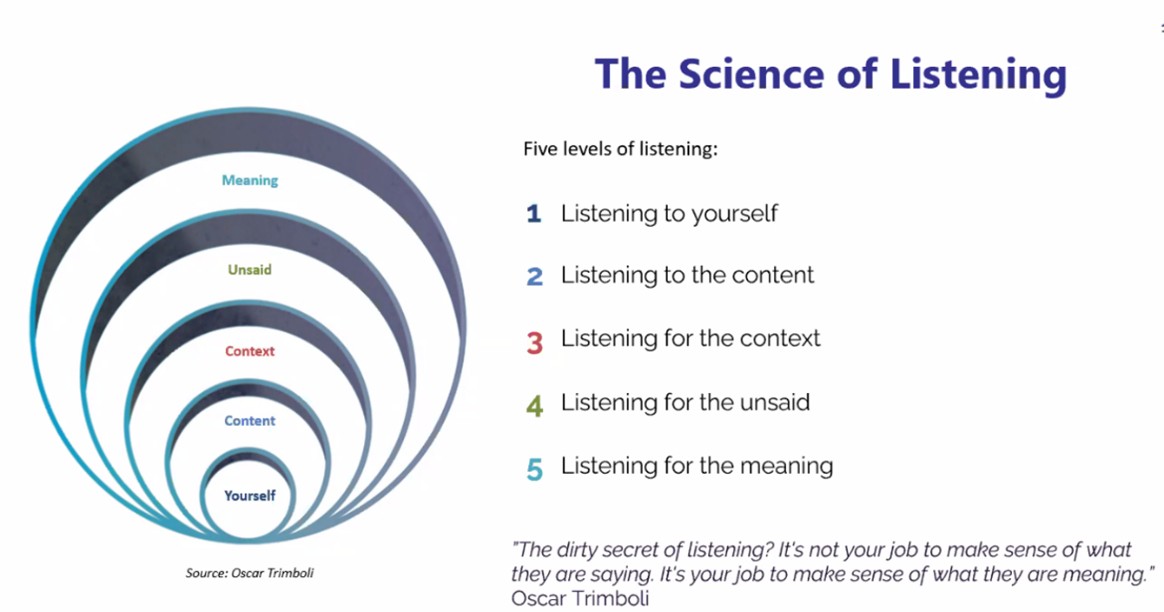
At a recent seminar on referrer and intermediary management, we turned our attention to the importance of internal referrals – What is commonly known as cross-selling. Here are the top ten tips on cross-selling picked by the delegates
1. Provide interesting internal talks (and follow up)
Some firms organise “Brown Bag Lunches” (you have to take your own lunch) whereas most usually provide lunch as an incentive to attend. But once you have got them into a room, don’t simply delve into the technical details of the range of services you provide. Make it entertaining. Tell stories. Make it memorable. Get them involved – perhaps by working in groups to brainstorm clients and situations that might be of interest. Perhaps you might even invite in external speakers – for example, a client who is pleased with the service provided.
And don’t forget that a one-off, ad-hoc talk is unlikely to be effective. At least consider preparing a summary sheet or list of common questions (and answers) to remind them of the key points after the event. You might also craft a short and focused internal communications campaign to provide short weekly or monthly reminders on the topic to keep it front of mind. Remember to keep the messages positive – success sells.
2. Use the power of three (in your internal messaging)
If you’ve attended presentation or networking training then you will understand the power of three. It’s no different when you are cross-selling. Providing long lists of services and areas of expertise makes it difficult to retain. Pick three key services or messages, convey them in an interesting manner and provide supporting stories and evidence for each. Make it easy for your colleagues to sell by being clear what’s in it for them and what’s in it for their clients.
3. Build everyone’s product knowledge (in a focused way)
Each department is likely to be able to provide a wide number of services. But don’t expect everyone to carry around a full portfolio of all the firm’s services in their head. It’s simply too much. So ask each department to identify just two or three services where they think there is the broadest appeal and seek to build knowledge in these focused areas.
Pare things down to a really succinct value proposition (http://kimtasso.com/faq/what-is-a-value-proposition-or-usp-and-how-do-i-create-one/). Again, use stories to bring the work to life, evoke an emotional response and make it memorable. The more that people know about a particular service you provide and are conversant with the types of clients and projects you have conducted, the more they will feel more comfortable mentioning them to their clients at appropriate times.
4. Recognise the power of proximity (and use it to your advantage)
Americans talk about “water cooler moments” and in the UK we comment on “coffee machine conversations”. Proximity is powerful. Seat professionals together and they will talk. Trust grows and introductions to clients follow. Legal trainees – as they spend six months in four different seats – are often the best informed about what goes on in those departments and are ideally placed to identify opportunities and cross-pollinate ideas. Moving people into nearby spaces – even temporarily – can help these networks grow. Alternatively, use shadowing and secondment arrangements to provide a period of time where members of your team work closely with those in others.
5. Identify the triggers (so they know when to call)
In addition to helping your colleagues understand what you can do for their clients, make it clear exactly what triggers to watch for at the start and at the end of their cases that might indicate a need. Provide a list of questions that might suggest there is a need for your services. Produce a flowchart that shows when your advice should be sought. List the top 10 scenarios that usually lead to instructions for your team.
Taking this one step further, provide an advice note that they can pass on to selected clients with both simple advice and indicating when an expert should be called.
6. Organise a speed dating event (to get to know about others’ clients)
Cross-selling is hard to promote when people feel it is all one way traffic. So organise an internal speed dating event where each partner brings along details of several clients which they can describe to other partners in the hope of identifying opportunities for introductions. If everyone is prepared to share some of their clients then everyone should get something out of the exercise. And the speed-dating element will ensure that it is all completed in a fun and time-efficient manner.
7. Arrange social events (and make sure they mingle)
Face-to-face contact is important. Put people together and they will talk about what they are working on and with whom. Add a social atmosphere, lower the stress levels and the barriers come down. In large firms it is easier to arrange social events within teams. But cross-selling magic occurs when members from different offices and teams get together. But remember that if they are unfamiliar with each other they may need some ice-breaker activities to get them chatting. But make it fun.
8. Create procedures and processes for handing over clients (easily)
Two of the most common complaints when people refer their clients to other teams in their organisation is that they get a “second rate service” or “I’m not kept informed about progress”. Referrers need to take some responsibility for providing comprehensive briefings to the person who is referred the work – including the importance of the client to the firm and their expectations and preferences for how they like their work managed. Those who receive the referral need to adopt processes for keeping the referring person in the loop and to alert them when the work is complete so that satisfaction can be assessed.
Where there are financial incentives involved for those referring work, ensure that accurate records are kept and that any fee-sharing arrangements are fair. Recognise that some departments are less able to refer work to colleagues than others – so don’t unfairly penalise those who are net receivers. And to avoid arguments or bad feelings, make sure that fees and prices are discussed with the team receiving the referral in advance of informing the client.
9. Harness the power of Key Account Management (for selected major clients)
It is inappropriate, almost impossible and inefficient to try and sell the full range of the firm’s services to all clients. So sometimes, cross-selling is best achieved in a more focused way. There is plenty of research that indicates that clients using a number of different services from a firm are more profitable. Use KAM approaches to identify specific clients, undertake the necessary research and pitch services appropriately.
10. Turn it on its head (and create a cross-selling task force)
Most firms attempt to turn every member of staff into cross-sellers – stuffing them with product knowledge, polishing them with ambassador skills and winding up their opportunity seeking senses. But turn things on its head. Select a team of super-communicators from across the firm. Throw them together for an intensive project (with specific goals and end dates). Invest time in helping them achieve an in-depth knowledge of all the firm’s services. Then set them loose in the firm. Let them arrange meetings with partners where they can talk about particular clients, find cross-selling opportunities like a heat seeking missile and help the partners to convert them.
Tips on cross-selling is just one of the topics covered at the MBL course “Getting more work from referrers and intermediaries” which is attended by lawyers, accountants and surveyors as well as business development folk https://www.mblseminars.com/outline?progid=5770









